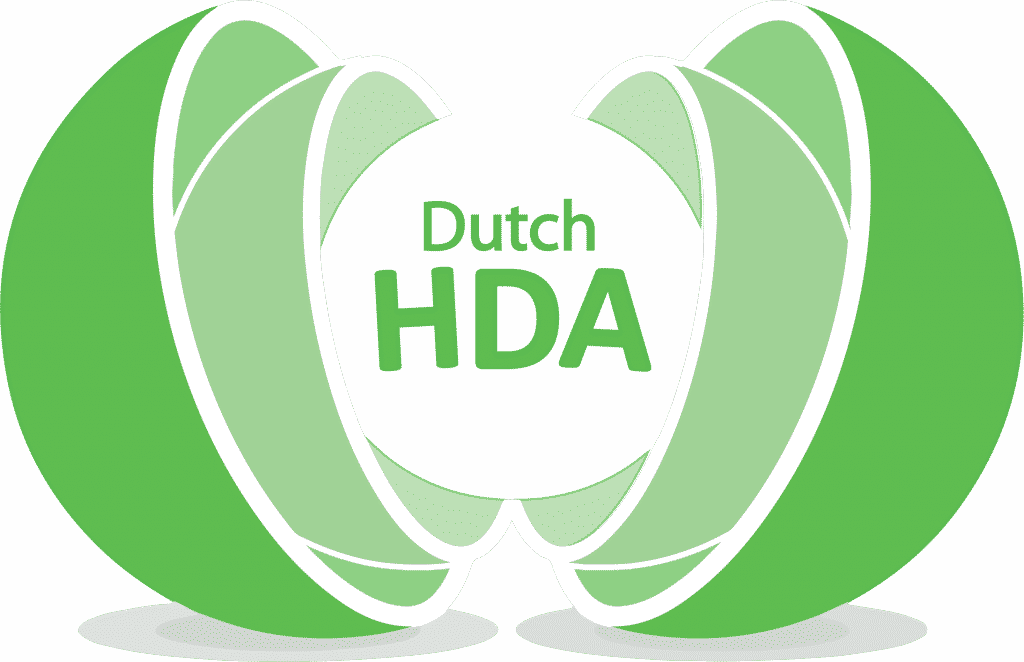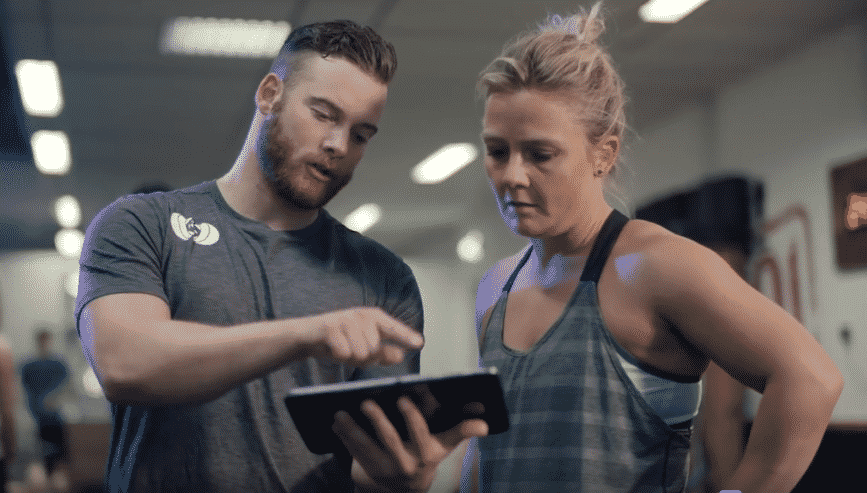You can use different starting points to program. For example: repetitions, time under tension or movement speed; also called velocity based training.
Engineers from output
As discussed in the previous article (which you here can find) it is very difficult to program from the black box. These are all energy systems and all internal systems in the body. In order to be able to do a good measurement, it is much easier and clearer to program from the output. These are the reps you do, the time you move and the speed at which you make a move.
The most common is programming from repetitions and intensity. This means that you work with sets, reps and a weight that relates to the percentage of 1 RM.
Another method that is regularly used is time under tension. This looks at the duration of the movement before you have rest again. Consider, for example, a gymnast who performs an exercise for 30 seconds, but never makes 1 repetition or doing a squat where you lower and come back up for a certain number of seconds. You naturally demand more from your body if you lower 4 seconds and rise 4 seconds compared to 1 second lower and rise in 1 second. This method therefore not only looks at the number of repetitions you do, but also at the pace at which you perform the exercise.
We often use 4 numbers for time under tension. See the example below for a squat:
– The eccentric phase: the time in which you sink.
– The isometric phase at the bottom: how long you pause at the bottom.
– The concentric phase: the time in which you rise.
– The isometric phase at the top: how long it takes you to start the next repetition.
Performance-based versus aesthetic training
What we should not forget is looking at the movement speed in relation to the sport. You can distinguish between performance-based training and aesthetic training.
Bij esthetisch trainen zijn de grenzen iets minder belangrijk dan bij performance based training. Dit heeft voornamelijk te maken met specificiteit. Wanneer je esthetisch traint heb je meestal als doel om de spiercellen te vergroten. Om deze spiercellen te vergroten, en dus hypertrofie te creëren, kan je voor zowel een hoog aantal herhalingen als een laag aantal herhalingen kiezen. Dit heeft vooral te maken met dat je zowel in type 1 als in type 2 spiergroei kan ontwikkelen. Dus of je nu kiest voor een hoge rep range of een lage rep range, waarbij je bij beide andere type spiervezels aanspreekt, je zal met beide methodes spiergroei kunnen creëren.
With performance-based training, it is of great importance that the training speed matches your ultimate goal. You always start with an analysis of the sport. We take a sprinter as an example. A sprinter mainly uses speed and less power. A sprinter must also be strong, but that is especially at the start. You need strength to start from scratch. However, we see that after 3 to 10 meters hardly any force is used, but speed. This means that the training for a sprinter should be focused on speed for the most part. Unfortunately, we often see that a sprinter is trained with, for example, a parachute or a lot of squats. This makes the sprinter stronger, but not faster.
Nowadays, carts are also used that are slightly faster than the sprinter, so that the sprinter is pulled forward. The sprinter then becomes faster because a neurological development takes place. Speed is more a neurological stimulus than a physiological stimulus. So it is less important to train on strength, because it must be ensured that the sarcomeres learn to enter and leave each other quickly, so that the sprinter becomes faster.
A baseball player is also a good example. A bat is used here with which the ball is hit. This too is more speed than power. Making the baseball player stronger will therefore not necessarily ensure that he can hit the ball further. In other words; it is therefore wiser to let the player train with a lighter club and not with a heavier club. By having the player train with a lighter bat, you teach the neurological system to move faster. As a result, the ball will be hit further.

Goals
As can be seen in the graph on the right, there are roughly 3 goals you can train on; on strength, on power and on speed. This will have to match the sport you practice. If you want to be fast, you have to be a fast trainer and you are more on the right side of the graph. If you want to become stronger, you have to train on strength and you are more on the left side of the graph. If you have to move a weight at a certain speed, you are more in the middle of the graph. This graph assumes that fatigue is not a limiting factor. Max effort is also assumed. This means that you perform the movement with the corresponding weight and speed with maximum effort. You do not do this because you want this speed, but because you get this speed.
Conclusion
In the ideal situation you ensure sports performance that you train specifically. So you include the repetitions, the sets, the duration and the movement speed in the programming. In our courses we therefore find it important that you learn how to analyze a sport and then make a programming in which all variables are linked to the sport.


